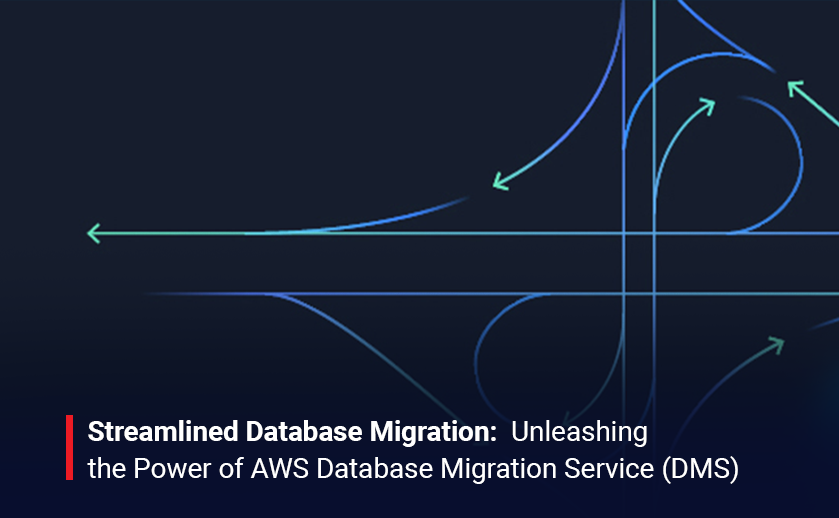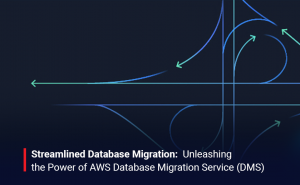Migrating complex databases to the AWS cloud can be a daunting task, especially when dealing with large volumes of data and intricate database structures. In such scenarios, having the right tools and services is essential. Amazon Web Services (AWS) offers a game-changing solution for this challenge: the AWS Database Migration Service (DMS). In this blog, we’ll explore how DMS simplifies and streamlines the migration of complex databases to the AWS cloud.
The Challenge of Complex Database Migrations
Modern businesses rely heavily on databases to store, manage, and access critical data. As organizations grow and evolve, the need to migrate these databases to the cloud becomes increasingly crucial. However, migrating complex databases often involves:
- Data Volume: Large datasets can slow down the migration process and pose risks to data integrity.
- Database Structure: Complex schema, dependencies, and relationships require careful handling.
- Downtime Concerns: Minimizing downtime during migration is a top priority, especially for applications with high availability requirements.
- Data Transformation: Data may need to be transformed and restructured to fit the new cloud environment.
Enter AWS Database Migration Service (DMS)
AWS DMS is a fully managed service that simplifies the process of database migration, including complex scenarios. Let’s delve into the ways in which DMS conquers the challenges of migrating complex databases to the AWS cloud.
- Continuous Data Replication.
DMS leverages a “change data capture” (CDC) mechanism to replicate data changes in real time from your source database to your target AWS database. This ensures that your data is always up to date, minimizing downtime and data loss.
- Heterogeneous Database Support.
DMS supports migrations between different database engines, such as Oracle, MySQL, SQL Server, PostgreSQL, and more. This means you can seamlessly move data from a variety of source databases to AWS without the need for extensive manual data transformations.
- Data Transformation.
DMS enables data transformation through the use of custom transformation rules. You can reformat data, apply filters, and make changes as necessary to ensure your data aligns with the structure of your AWS database.
- Minimized Downtime.
DMS can perform the initial data load while your source database remains operational. Subsequent data changes are captured in real time. This minimizes downtime, making it ideal for mission-critical applications.
- Database Schema Conversion.
DMS can automatically convert database schemas from the source to the target, handling differences in data types, constraints, and other database-specific features.
- Monitoring and Alerts.
DMS provides comprehensive monitoring capabilities. You can set up alarms and notifications to stay informed about the migration progress and quickly address any issues.
Conclusion
Migrating complex databases to the AWS cloud is a critical step toward modernizing your organization’s IT infrastructure. AWS Database Migration Service simplifies this process, offering real-time data replication, data transformation, and heterogeneous database support. With DMS, you can efficiently migrate large volumes of data, and complex database structures, and ensure high availability while minimizing downtime. Embrace the power of AWS DMS to streamline your complex database migrations and unlock the full potential of cloud computing.






